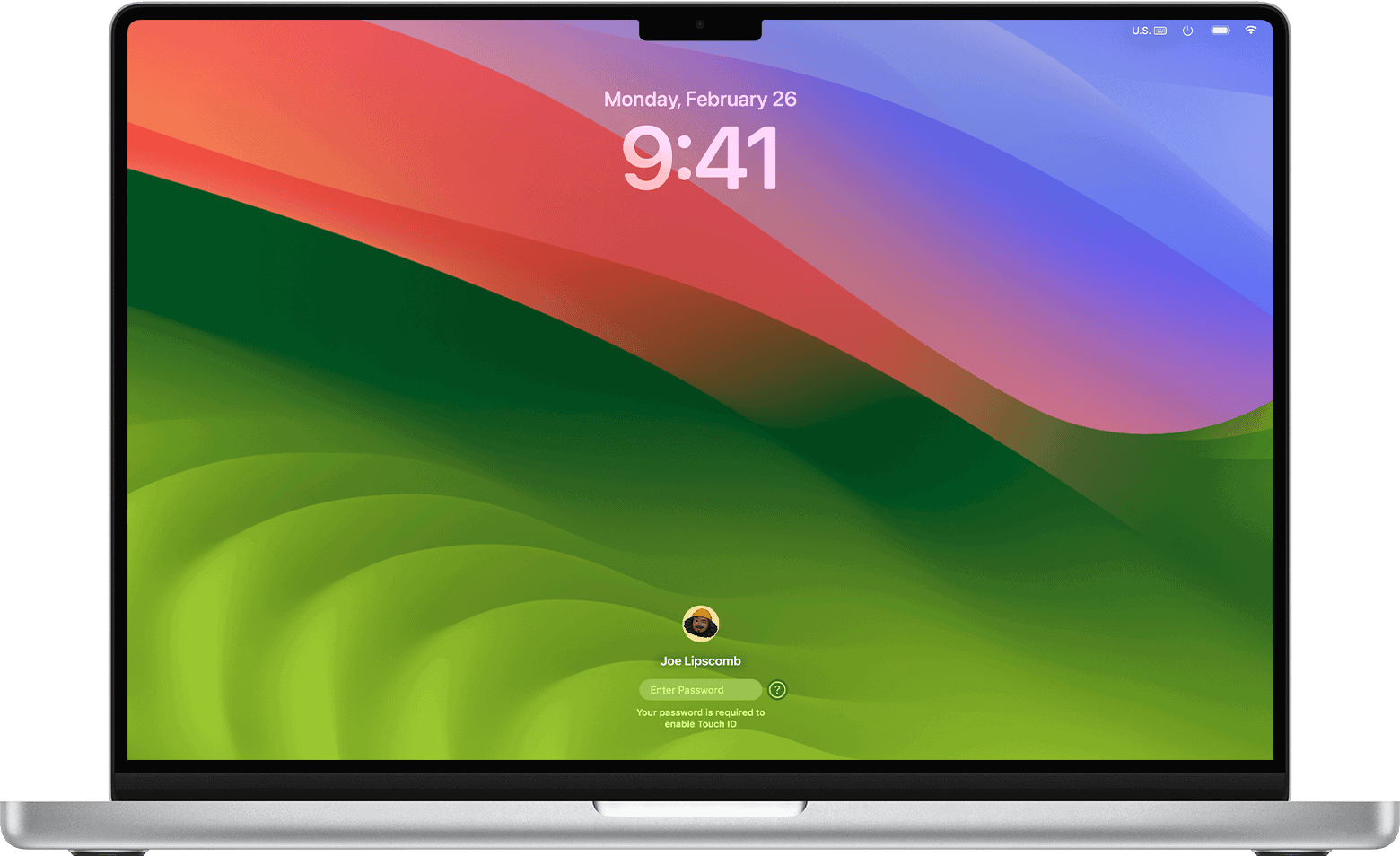Apple released macOS Sonoma 14.7.8 as a critical security update that addresses a dangerous vulnerability affecting Mac computers. This update tackles a specific flaw that hackers exploited in targeted attacks against individuals.
The macOS Sonoma 14.7.8 security update fixes an image processing vulnerability that could allow attackers to corrupt system memory when users open malicious image files. Apple confirmed that cybercriminals already used this weakness in sophisticated attacks. The company pushed this emergency patch to protect users from further exploitation.
Mac owners running Sonoma should install this update immediately. Apple rarely releases standalone security updates unless the threat poses serious risks to user safety. The vulnerability affects how the system processes images and could give attackers control over affected computers.
Overview
macOS Sonoma 14.7.8 is a security-focused update that was recently released by Apple alongside macOS Ventura 13.7.8 and macOS Sequoia 15.6.1 (source: iClarified). This update continues Apple’s commitment to maintaining security for older macOS versions even after newer releases are available.
Key Updates
Security Fixes
The primary focus of macOS Sonoma 14.7.8 is delivering important security fixes. Apple recommends this update for all macOS Sonoma users to ensure their systems remain protected against potential security vulnerabilities (source: iClarified).
No New Features
Like its predecessor 14.7.7, this update doesn’t introduce new user-facing features. Instead, it focuses entirely on security improvements and system stability (source: Simply Mac).
Security Content
Apple has published detailed information about the security content of macOS Sonoma 14.7.8. Following Apple’s standard security practices, specific vulnerability details aren’t disclosed until investigations are complete and patches are available to protect users (source: Apple Support).
Should You Update?
Yes, absolutely. Apple explicitly recommends this update for all macOS Sonoma users. Security updates like this are crucial for:
- Protecting against newly discovered vulnerabilities
- Maintaining system stability
- Preventing potential security exploits
- Ensuring compatibility with security-conscious applications and services
How to Install
You can install macOS Sonoma 14.7.8 through:
- System Settings > General > Software Update
- The update should appear automatically if you’re running an earlier version of macOS Sonoma
Bottom Line
While macOS Sonoma 14.7.8 may not offer exciting new features, it’s an essential security update that all macOS Sonoma users should install promptly. These maintenance updates play a critical role in keeping your Mac secure and stable, even as Apple continues to develop newer macOS versions.
Key Takeaways
- macOS Sonoma 14.7.8 patches a critical image processing vulnerability that hackers actively exploited
- Apple released similar emergency security fixes for all supported Mac operating systems simultaneously
- Users should update immediately since the vulnerability allowed sophisticated targeted attacks against individuals
Security Update in macOS Sonoma 14.7.8
Apple released macOS Sonoma 14.7.8 to fix a critical zero-day vulnerability that hackers actively exploited in targeted attacks. The security update addresses CVE-2025-43300, which affects image processing across Apple devices.
CVE-2025-43300 Vulnerability and Exploitation
CVE-2025-43300 represents a zero-day vulnerability that Apple discovered after reports of active exploitation. Hackers used this flaw in what Apple describes as “extremely sophisticated attacks” against specific individuals.
The vulnerability affects the Image I/O framework. This framework handles image processing across all Apple operating systems. Attackers could exploit this flaw without requiring user interaction.
Apple confirmed that malicious actors actively exploited this vulnerability before the company released patches. The attacks targeted specific individuals rather than broad campaigns. Security researchers classify this as a critical threat due to its active exploitation status.
Image I/O Framework: Out-of-Bounds Write Issue
The vulnerability stems from an out-of-bounds write issue within the Image I/O framework. This framework processes various image formats including JPEG, PNG, and HEIF files.
When a device processes a malicious image file, the vulnerability triggers memory corruption. The corrupted memory can allow attackers to execute unauthorized code. This code execution happens with the same privileges as the affected application.
Apple fixed the issue by implementing improved bounds checking. The new bounds checking prevents applications from writing data outside allocated memory regions. This change stops the memory corruption that made the exploit possible.
Scope of Affected Apple Devices
macOS Sonoma 14.7.8 fixes the same security issue found across multiple Apple platforms. The vulnerability affects Mac computers running macOS Sonoma 14.x versions.
Apple also patched the same vulnerability in other operating systems:
- iOS 18.6.2 for iPhone devices
- iPadOS 18.6.2 for iPad devices
- macOS Sequoia 15.6.1 for newer Mac computers
- macOS Ventura 13.7.8 for older Mac computers
All devices that process images through the Image I/O framework faced potential exploitation. The vulnerability crossed platform boundaries because Apple uses similar image processing code across its operating systems.
Improvements in Memory Corruption Prevention
Apple enhanced memory corruption prevention through multiple technical improvements. The company strengthened bounds checking within the Image I/O framework to prevent out-of-bounds write operations.
The updated framework validates memory access requests before allowing write operations. Applications can no longer write data beyond allocated memory boundaries. This validation happens automatically without requiring developer changes.
Apple also improved error handling for corrupted image files. The framework now safely handles malformed images that previously triggered memory corruption. These improvements protect users from similar attacks in the future.
The security fixes apply system-wide protection. All applications that process images benefit from the enhanced memory corruption prevention measures.
Related Updates Across Apple Ecosystem
Apple released security patches for multiple operating systems on August 20 to address the same critical ImageIO vulnerability. The updates span current and older device models across iPhone, iPad, and Mac platforms.
iOS 18.6.2 and iPadOS 18.6.2 Security Enhancements
Apple pushed iOS 18.6.2 and iPadOS 18.6.2 as emergency updates to fix CVE-2025-43300. This zero-day vulnerability affects the ImageIO framework across all Apple devices.
The flaw allows attackers to corrupt device memory by sending malicious image files. Users can receive these dangerous images through messages, emails, or web browsing.
Key Features of the Update:
- Fixes memory corruption in image processing
- Blocks exploitation through malicious photos
- Protects against targeted spyware attacks
- Works on current iPhone and iPad models
iPad users with older devices receive iPadOS 17.7.10 instead. This version contains the same security fix but targets older hardware.
The updates install automatically if users enable automatic updates. Manual installation happens through Settings > General > Software Update.
macOS Ventura 13.7.8 and macOS Sequoia 15.6.1 Updates
Mac users get security fixes across three macOS versions. Apple released patches for macOS Sequoia 15.6.1, macOS Sonoma 14.7.8, and macOS Ventura 13.7.8.
Each version fixes the same ImageIO vulnerability. The patches prevent attackers from exploiting image processing flaws on Mac computers.
macOS Update Breakdown:
| macOS Version | Update Number | Primary Fix |
|---|---|---|
| Sequoia | 15.6.1 | CVE-2025-43300 |
| Sonoma | 14.7.8 | CVE-2025-43300 |
| Ventura | 13.7.8 | CVE-2025-43300 |
Security experts recommend updating immediately. The vulnerability affects photo viewing, web browsing, and email attachments on Mac systems.
Mac systems process images automatically in many apps. This makes the security fix critical for preventing silent attacks.
Distribution and Installation Guidelines
Apple distributes these updates through standard software update channels. Users receive notifications about critical security patches automatically.
Installation Steps:
- iPhone/iPad: Settings > General > Software Update
- Mac: System Settings > General > Software Update
- Automatic: Enable in update settings for faster deployment
The company marks these as emergency updates due to active exploitation. Security researchers found evidence that attackers already used this flaw in targeted campaigns.
Users in high-risk professions should prioritize these updates. Journalists, activists, and government officials face increased targeting from sophisticated attack groups.
The updates download quickly since they focus on security fixes. Most devices complete installation within 15-30 minutes depending on internet speed.
Frequently Asked Questions
The macOS Sonoma 14.7.8 update addresses critical security vulnerabilities and fixes an out-of-bounds write issue. Users need to understand what changes this update brings and how to install it safely.
What are the latest features introduced in macOS Sonoma 14.7.8?
The macOS Sonoma 14.7.8 update does not introduce new features. This release focuses entirely on security fixes and stability improvements.
Apple released this version as a maintenance update. The company continues to support Sonoma with security patches even after launching macOS Sequoia.
Users won’t find any new apps or visual changes in this version. The update maintains the existing Sonoma interface and functionality.
Can you describe the security improvements made in the latest macOS Sonoma update?
The update contains a security fix for an out-of-bounds write issue. This type of vulnerability could allow attackers to execute malicious code on affected systems.
Out-of-bounds write problems occur when software writes data outside its allocated memory space. This can lead to system crashes or potential security breaches.
Apple typically releases these security updates quickly after discovering critical vulnerabilities. The company recommends installing security patches as soon as possible.
How does macOS Sonoma 14.7.8 enhance user privacy?
The security fix in macOS Sonoma 14.7.8 indirectly protects user privacy by preventing potential system exploits. When attackers cannot execute malicious code, they cannot access personal data.
The out-of-bounds write fix helps maintain system integrity. This prevents unauthorized access to user files and sensitive information.
Apple does not specify additional privacy features in this particular update. The focus remains on closing security gaps that could compromise user data.
What performance enhancements are included in the 14.7.8 version for older Mac models?
macOS Sonoma 14.7.8 does not include specific performance improvements for older Mac models. This update concentrates on security fixes rather than speed enhancements.
The security patch may improve system stability on all compatible Macs. More stable systems can feel more responsive during daily use.
Users should not expect faster boot times or improved app performance. Apple reserves performance updates for major system releases rather than security patches.
Are there any known issues or bugs in macOS Sonoma 14.7.8?
Apple has not reported any major bugs or issues with macOS Sonoma 14.7.8. This security-focused update appears stable across compatible Mac models.
Previous Sonoma updates had various problems, including USB hub issues and Java application crashes. The 14.7.8 version does not seem to introduce similar complications.
Users should still back up their data before installing any system update. This precaution protects against unexpected problems during installation.
What steps should be taken to properly update a Mac to macOS Sonoma 14.7.8?
Users should back up their Mac using Time Machine or another backup solution before updating. This step protects important files if something goes wrong during installation.
The update installs through System Settings under the Software Update section. Macs need sufficient battery power and storage space to complete the process.
Users should close all applications before starting the update. The installation process requires a restart to complete the security fixes properly.







